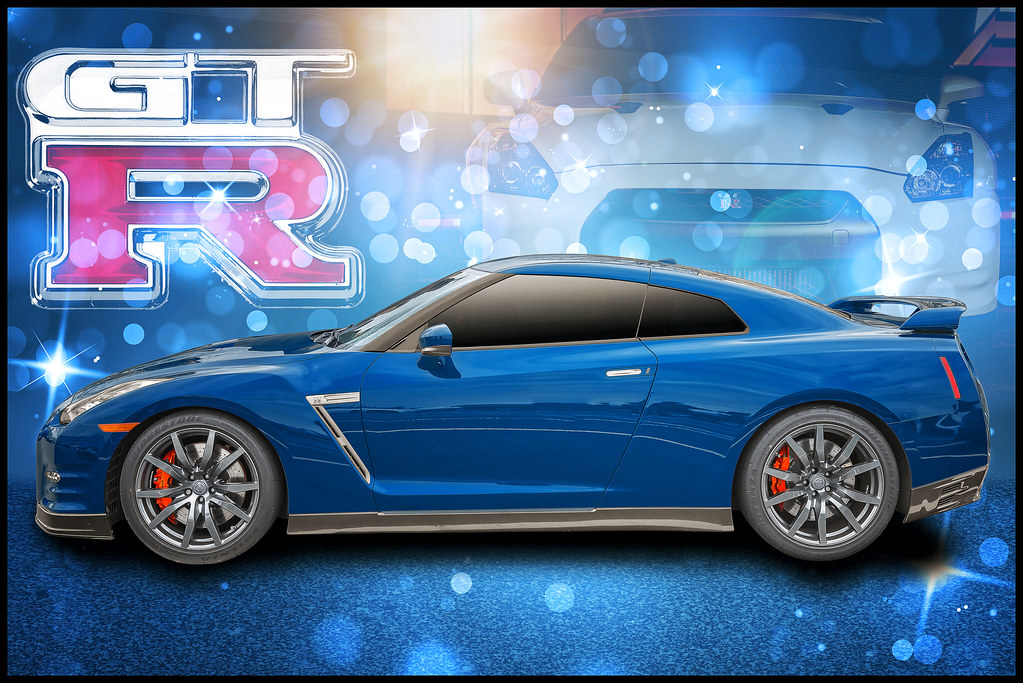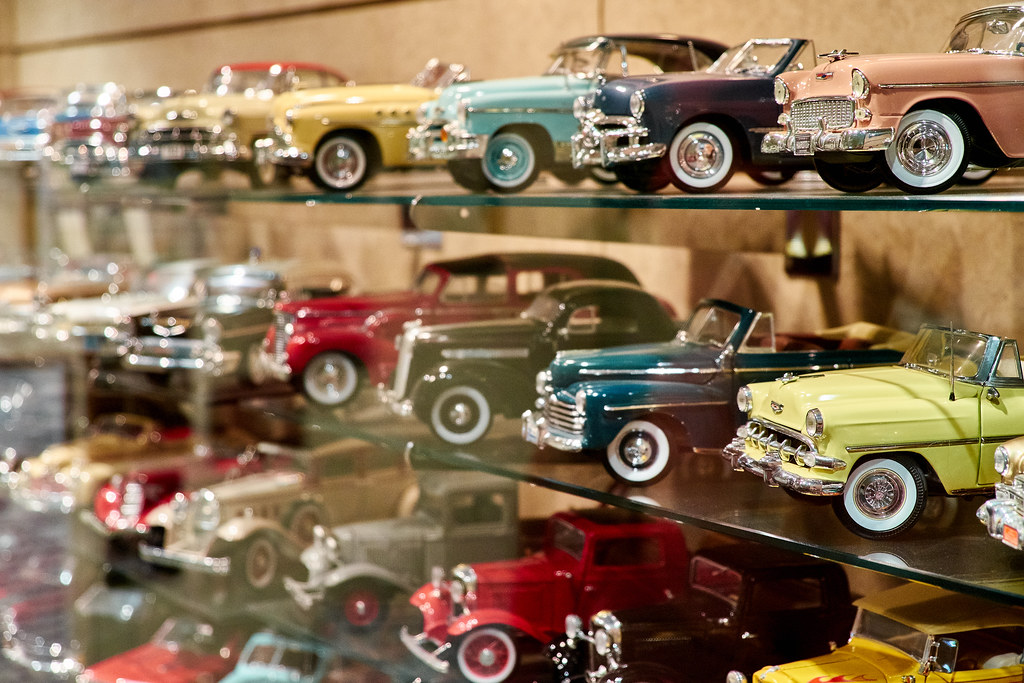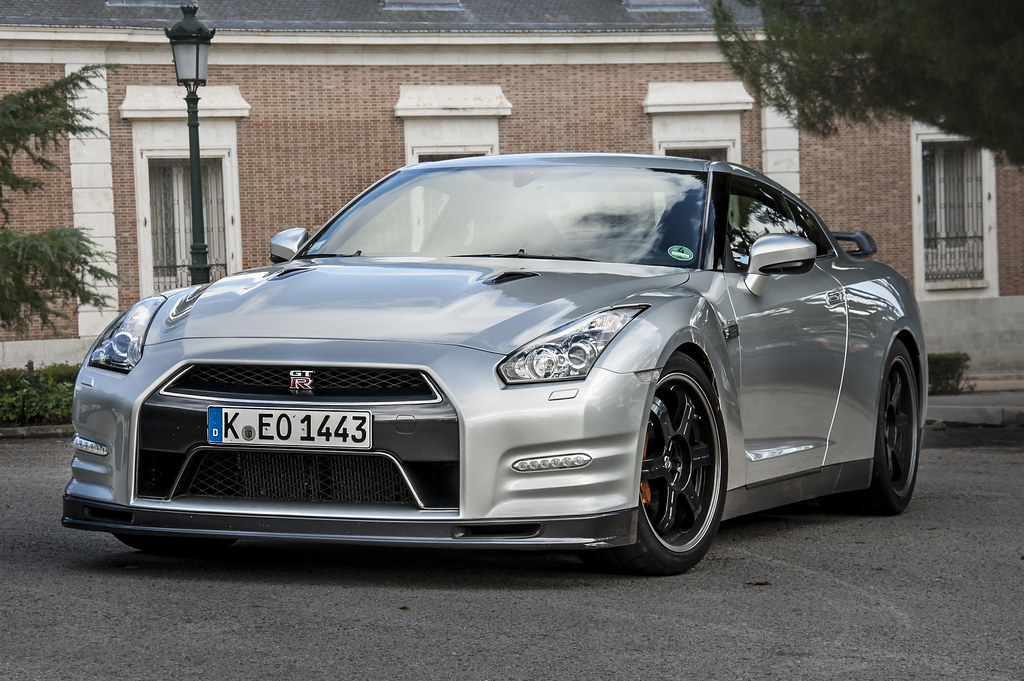If you’re a fan of classic cars, you might have wondered why some of them have impressive horsepower ratings but disappointing performance numbers. For example, a 1970 Dodge Challenger R/T with a 426 Hemi V8 engine claimed to have 425 hp, but it took 6.3 seconds to go from 0 to 60 mph and ran the quarter mile in 14.1 seconds. Compare that to a modern 2022 Dodge Challenger R/T with a 5.7-liter Hemi V8 that has 375 hp, but can do 0 to 60 mph in 5.1 seconds and the quarter mile in 13.5 seconds. How is that possible?

Reasons for Slower Speed of Old Cars with Big Engines
The answer lies in the way horsepower was measured and reported back in the day. Before 1972, most American car manufacturers used a method called SAE gross, which measured the engine’s power output without any accessories or emissions equipment attached. This gave an inflated number that didn’t reflect the actual power available to the wheels. In 1972, the industry switched to a more realistic method called SAE net, which measured the engine’s power output with all the accessories and emissions equipment installed. This resulted in a dramatic drop in horsepower ratings for many cars, sometimes by as much as 130 hp overnight.
That’s not the only reason why old cars with big engines were slower than modern cars with smaller engines. There are other factors that affect a car’s performance, such as weight, aerodynamics, transmission, gearing, tires, suspension, brakes, and fuel quality. Let’s take a look at some of these factors and see how they influenced the speed of old cars.
Advantages of Modern Cars over Old Ones
Weight: Old cars were heavy, and not in a good way. They had bulky bodies, frames, and bumpers that added a lot of mass without much structural rigidity. They also had heavy cast iron engines, transmissions, and axles that weighed down the car. A 1970 Dodge Challenger R/T with a 426 Hemi V8 weighed about 3,800 lbs, while a 2022 Dodge Challenger R/T with a 5.7-liter Hemi V8 weighs about 4,100 lbs. That’s only a 300-lb difference, but the modern car has a much stiffer and stronger body and chassis that can handle the weight better. The modern car also has more advanced materials and technologies that reduce the weight of the engine, transmission, and other components.
Aerodynamics: Old cars were not very aerodynamic, either. They had boxy shapes, flat fronts, and upright windshields that created a lot of drag and wind resistance. They also had large grilles, hood scoops, spoilers, and other styling features that looked cool but added more drag. A 1970 Dodge Challenger R/T with a 426 Hemi V8 had a drag coefficient of 0.48, while a 2022 Dodge Challenger R/T with a 5.7-liter Hemi V8 has a drag coefficient of 0.34. That means the modern car has 30% less drag than the old car, which translates to better fuel efficiency and higher top speed.
Transmission and gearing: Old cars had less efficient and less sophisticated transmissions and gearing than modern cars. They usually had three- or four-speed manual or automatic transmissions that had wide gaps between the gears and didn’t match the engine’s power band well. They also had high rear axle ratios that favored acceleration over top speed. A 1970 Dodge Challenger R/T with a 426 Hemi V8 had a four-speed manual transmission with a 2.76:1 first gear and a 3.54:1 rear axle ratio, while a 2022 Dodge Challenger R/T with a 5.7-liter Hemi V8 has an eight-speed automatic transmission with a 4.71:1 first gear and a 2.62:1 rear axle ratio. That means the modern car has more gears to choose from and can keep the engine in its optimal rpm range better. The modern car also has a lower rear axle ratio that allows it to reach higher speeds at lower rpms.
Tires: Old cars had narrow and bias-ply tires that had poor grip and handling compared to modern tires. They also had low tire pressure and high sidewalls that made them prone to flexing and rolling. A 1970 Dodge Challenger R/T with a 426 Hemi V8 had 15-inch wheels with F60-15 tires that were 9.4 inches wide and had a 60-series aspect ratio, while a 2022 Dodge Challenger R/T with a 5.7-liter Hemi V8 has 20-inch wheels with 245/45R20 tires that are 9.6 inches wide and have a 45-series aspect ratio. That means the modern car has wider and lower-profile tires that have more contact area and less sidewall flex, which improve the traction and cornering of the car.

Suspension and brakes: Old cars had simple and soft suspension and brakes that were not very effective or responsive compared to modern systems. They had leaf springs, coil springs, or torsion bars that provided a smooth ride but allowed a lot of body roll and pitch. They also had drum brakes or disc brakes that had low stopping power and high fade. A 1970 Dodge Challenger R/T with a 426 Hemi V8 had front torsion bars and rear leaf springs for suspension and front disc brakes and rear drum brakes for braking, while a 2022 Dodge Challenger R/T with a 5.7-liter Hemi V8 has independent front and rear suspension with coil springs and stabilizer bars and four-wheel disc brakes with ABS and EBD for braking. That means the modern car has a more advanced and adjustable suspension that reduces body roll and improves handling and a more powerful and reliable braking system that stops the car faster and safer.
Fuel quality: Old cars had to run on low-octane and leaded gasoline that had lower energy content and higher emissions than modern gasoline. They also had carburetors or mechanical fuel injection that had poor fuel metering and delivery compared to modern electronic fuel injection. A 1970 Dodge Challenger R/T with a 426 Hemi V8 had a four-barrel carburetor that required 91-octane leaded gasoline, while a 2022 Dodge Challenger R/T with a 5.7-liter Hemi V8 has a multi-point electronic fuel injection that can run on 87-octane unleaded gasoline. That means the modern car has a more efficient and cleaner fuel system that provides more power and better economy.
As you can see, there are many reasons why old cars with big engines were slower than modern cars with smaller engines. It’s not just about the horsepower, but also about the weight, aerodynamics, transmission, gearing, tires, suspension, brakes, and fuel quality. Modern cars have improved in all these aspects, making them faster, safer, and more fun to drive. So, the next time you see a classic car with a big engine, don’t be fooled by the horsepower numbers. It might look cool, but it’s probably not as fast as you think.
Related posts:
50 Year Ago America’s Engines Lost Up to 130 HP Overnight … – Carscoops
Would You Buy a Decade-Old Vehicle with Low Miles? – Autoweek





